
Light Needs

Mature Height

Mature Spread

Growing Zones
Viola sororia, also known as the Common Blue Violets, are native wildflowers at home in a shady woodland garden, streamside planting, or as a groundcover that will tolerate light foot traffic. The dense heart-shaped foliage makes a semi-evergreen mat good at suppressing weeds while making an excellent backdrop for taller bulbs and flowering perennials. The early spring blooms of Common Blue Violet provide much-needed food for native pollinators.
Common Blue Violets are the final touch when planting a woodland-themed garden or a naturalized streamside area. Plant in a large grouping to achieve quick ground cover. Violets can be tucked into empty spots in a mixed planter or even a hanging basket. The foliage makes a great filler and will tolerate full sun and part shade. Viola sororia is native to the eastern half of North America from Quebec to Florida, and is a hardy perennial in just about every state in the lower 48. Deer will sometimes browse violets in bloom but do minimal damage to the plants themselves.
Common Blue Violet Care
Violets can be planted in almost any type of sun situation. Early morning or late-day full shade is tolerated, although growth will be much more vigorous with at least 4-6 hours of full sun. Well-draining and rich soil also encourages strong growth. Newly planted starts will need regular watering with 1 inch of water once a week. As violets mature, they become drought tolerant and require almost no supplemental watering. Fertilizing is rarely needed for violets. Mulching with 1-2 inches of organic compost will provide nutrients and help the soil retain moisture.
Common Blue Violet spreads through self-seeding and can be easily kept under control from aggressively spreading through the garden. The best time to divide and transplant violets is early in the spring as the new growth starts. Transplant new divisions as soon as possible to prevent the roots from drying out. No need to deadhead or cut back violets as part of seasonal maintenance. Mulch with 1-2 inches of organic compost in the spring to help the soil retain moisture longer in the summer.
Common Blue Violet Spacing
Common Blue Violets are small sized but can rapidly cover an area if planted in large numbers. The mature size is 6 inches x 6 inches. Place each plant 6 inches apart center on center.
Common Blue Violet Information
| USDA Hardiness Zones: 3 - 8 |
| Plant Type: Perennial |
| Light Exposure: Partial Sun to Full Sun (At Least 5 Hours of Direct Sunlight) |
| Mature Height: 4 - 6 Inches |
| Mature Spread: 6 - 8 Inches |
| Spacing: 6 - 8 Inches |
| Habit: Mounded, Spreading |
| Flower Color(s): Blue, Purple |
| Flower Description: |
| Bloom Period: |
| Foliage Type: Herbaceous |
| Foliage Color(s): Green |
| Foliage Description: |
| Seasonal Interest: Spring Flowering, Summer Flowering |
| Watering: Average |
| Resists: Deer |
| Tolerates: N/A |
| Attracts: Bees, Butterflies |
| Container Role: |
| Uses: Borders, Containers, Edging, Groundcovers |
| Features: Attracts Pollinators, Low Maintenance, Native to North America |
| Brand: American Beauties Native Plants |
| Common Name: Common Blue Violet |
| Other Name(s): Common Blue Violet |
| Scientific Name: Viola sororia |
Simple Plant Spacing Calculator
Please Note: The pictures below are to give a general representation of the different container sizes. The actual size/ages of plants are estimates and will vary based on type of plant, time of year, last pruning & many other factors.
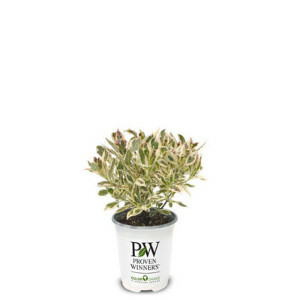
Also Known As:
Quart
Plant Age:
~ 6 months - 1 year
Plant Size:
~ 4"-8"
Pot Size:
~ 4.75"H x 4.5"W
Volume:
1.50 quarts
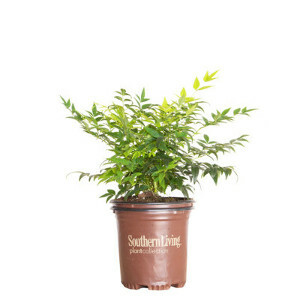
Also Known As:
2.5 Quart Pot
Plant Age:
~ 1 - 2 years old
Plant Size:
~ 8"-12"
Pot Size:
~ 6.5"H x 6.5"W
Volume:
2.20-2.30 quarts
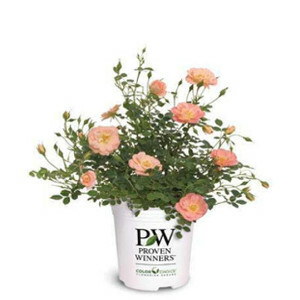
Also Known As:
#1 Container
1 Gallon
Plant Age:
~ 1 - 2 years old
Plant Size:
~ 10"-14"
Pot Size:
~ 7"H x 7.75"W
Volume:
2.26-3.73 quarts
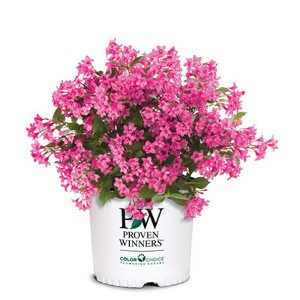
Also Known As:
#2 Container
2 Gallon
Plant Age:
~ 1.5 - 3 years old
Plant Size:
~ 12"-18"
Pot Size:
~ 9.5"H x 9.5"W
Volume:
1.19-1.76 gallons
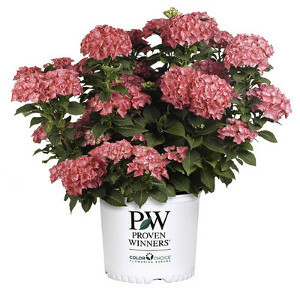
Also Known As:
#3 Container
3 Gallon
Plant Age:
~ 2 - 4 years old
Plant Size:
~ 12"-30"
Pot Size:
~9.5"H x 11"W
Volume:
2.32-2.76 gallons

Also Known As:
#5 Container
5 Gallon
Plant Age:
~3-4 years old
Plant Size:
~ 20" - 60"
Pot Size:
~11" H x 10 1/2” W
Volume:
3.5 - 4 gallons

We stand behind our plants with industry-leading guarantees to give you peace of mind.
We want your plants to arrive in great condition! If you notice any issues upon delivery, contact us within 3 days.
Starting January 1, 2026 all bushes, perennials & trees purchased come with an extended 1-year warranty for added confidence. If your plant dies due to a health issue within a year, we’ll make it right.

Pre-ordered plants are scheduled to ship in Spring 2026. We carefully plan our shipping dates based on your USDA Plant Hardiness Zone to ensure optimal planting conditions upon arrival. Want it sooner/later? Reach out, and we'll try our best to accommodate.
Estimated ship week for pre-ordered plants will ship based on growing zones as shown below.
| Growing Zone | Estimated Ship Week |
|---|---|
| Zone 10 | March 30th |
| Zone 9 | March 30th |
| Zone 8 | April 6th |
| Zone 7 | April 13th |
| Zone 6b | April 20st |
| Zone 6a | April 27th |
| Zone 5b | May 4th |
| Zone 5a | May 11th |
| Zone 4 | May 18th |
| Zone 3 | May 25th |
Note: These are only estimated ship dates. Plants may ship out later depending on weather & growing conditions of the plant.
Note: Only plants indicated as pre-order will ship as shown above. All other plants and hard goods will ship as normal.
Plants that are currently in stock typically ship within 2-7 business days after your order is placed.
Plant Addicts ships to the lower 48 states within the U.S. Unfortunately, we do not currently ship to Alaska, Hawaii, or internationally.
This plant cannot be shipped to the following states: AZ, CA, ID, MT, NV, OR, UT, WA, AK, HI. These restrictions apply only to this specific plant due to agricultural regulations or other limitations. Other plants may still be available for shipping to these states.
If you have any questions about shipping restrictions, feel free to reach out to our team!

